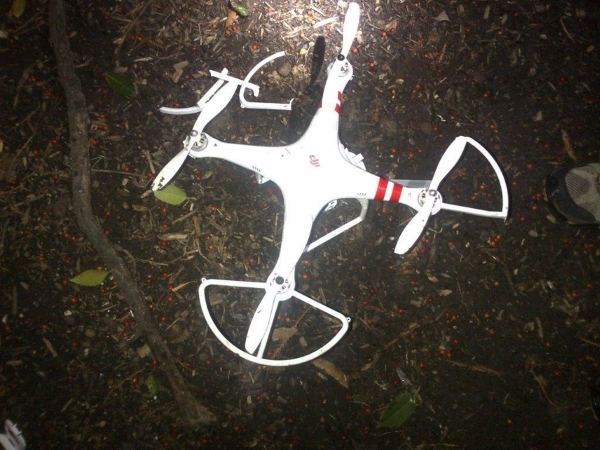Technology poses solutions and problems to enjoying outdoors

It is amazing how fast and how drastically things can change in a decade or two.
Technology has turned our world upside down on many fronts and in equally many ways. Not only in regards to home or work but also things outdoors.
Consider the basic yet rather pricey four-function calculator of the early 1970s. It has evolved through the years until it is now available as just another smartphone app but with the capability of solving complex equations. With the help of apps, the cellphone has become a camera, directory, word processor, gaming device, video player, translating service and even a map and compass of sorts.
And that list doesn’t begin to scratch the surface of what this pocket-size device is capable of today.
On the outdoor side of things, apps are available that demonstrate how to tie a wide variety of knots for an equally wide variety of uses from camping to climbing, and from search and rescue to fishing. There are even apps that help hunters with species identification using pictures and audio clips. The Ducks Unlimited app even includes migration reports and season updates.
On the regulatory side of things, the Utah Division of Wildlife Resources has an app that holds an electronic version of my nonresident fishing license and provides hunting and fishing information. All at the touch of a button.
For some, the age-old team of a map and compass has been replaced by GPS units capable of tracking or guiding our movements through the wild and pinpointing select locations with amazing accuracy. This is all done through satellite technology.
Some models even include the ability to send out an “SOS” with associated messaging should you find yourself in an emergency situation.
Though I still prefer a paper map, it is easy to see how the development of GPS technology has changed the outdoor experience. Imagine what a GPS unit could have done for Lewis and Clark.
With modern technology, however, often comes a dilemma for sportsmen and women.
When considering new developments and products, we each must ask whether that technology violates the principle of fair chase. The Boone and Crockett Club defines fair chase as “the ethical, sportsmanlike and lawful pursuit and taking of any free-ranging wild, native North American big-game animal in a manner that does not give the hunter an improper advantage over such animals.”
From my perspective, the concept of fair chase simply means balancing one’s skills, abilities and equipment with your quarry’s ability to escape. There needs to be an element of uncertainty in the outcome of your hunt. Fair chase means choosing not to take unfair advantage of a situation, even though there may be no law against doing so.
For instance, there is no law outlining what’s an acceptable maximum distance at which one might shoot at a game animal such as a deer or elk. That traditionally has been left up to the hunter to decide based on his skill level and firearm choice.
There was a time when that meant taking the time and accepting the challenge of getting as close to the animal as possible. Today, however, it seems like an increasing number of hunters want to see how far they can stay away from their quarry and still take the shot, and they are seeking technology enhancements that allow them to do so. Truly a test of woodsmanship and skill.
There is a new rifle on the market that uses laser technology to paint the intended target, not unlike that used to guide missiles on today’s battlefields. Once the target is so identified to the rifle’s onboard computer, the shooter doesn’t even have to be looking at the target when the electronic “trigger” is pulled. There is little chance of a miss, truly a violation of the principle of fair chase.
Another growing concern is the use of unmanned aerial vehicles, more commonly referred to as drones, to locate game animals for the purpose of scouting or hunting. Does that fit the principles of fair chase?
So concerned are some state wildlife agencies about the potential impacts of drone use in the field that they have sought regulations limiting their use. Colorado, Montana, Alaska and Michigan have passed laws governing or prohibiting the use of drones for hunting purposes, and in some cases protecting hunters from harassment from anti-hunters using drone technology. The Nevada Wildlife Commission is considering similar drone regulation.
When it comes to technology, however, we shouldn’t depend on regulation regarding fair chase. Sometimes the use of a certain product or taking a particular action may fall within legal bounds, but that doesn’t mean it is ethically right or that it falls within the principles of fair chase. Whatever you decide to do, keep in mind the future of hunting very well could hinge on your fair chase choice.
Freelance writer Doug Nielsen is a conservation educator for the Nevada Department of Wildlife. His “In the Outdoors” column, published Thursday in the Las Vegas Review-Journal, is not affiliated with or endorsed by the NDOW. Any opinions he states in his column are his own. He can be reached at intheoutdoorslv@gmail.com.












